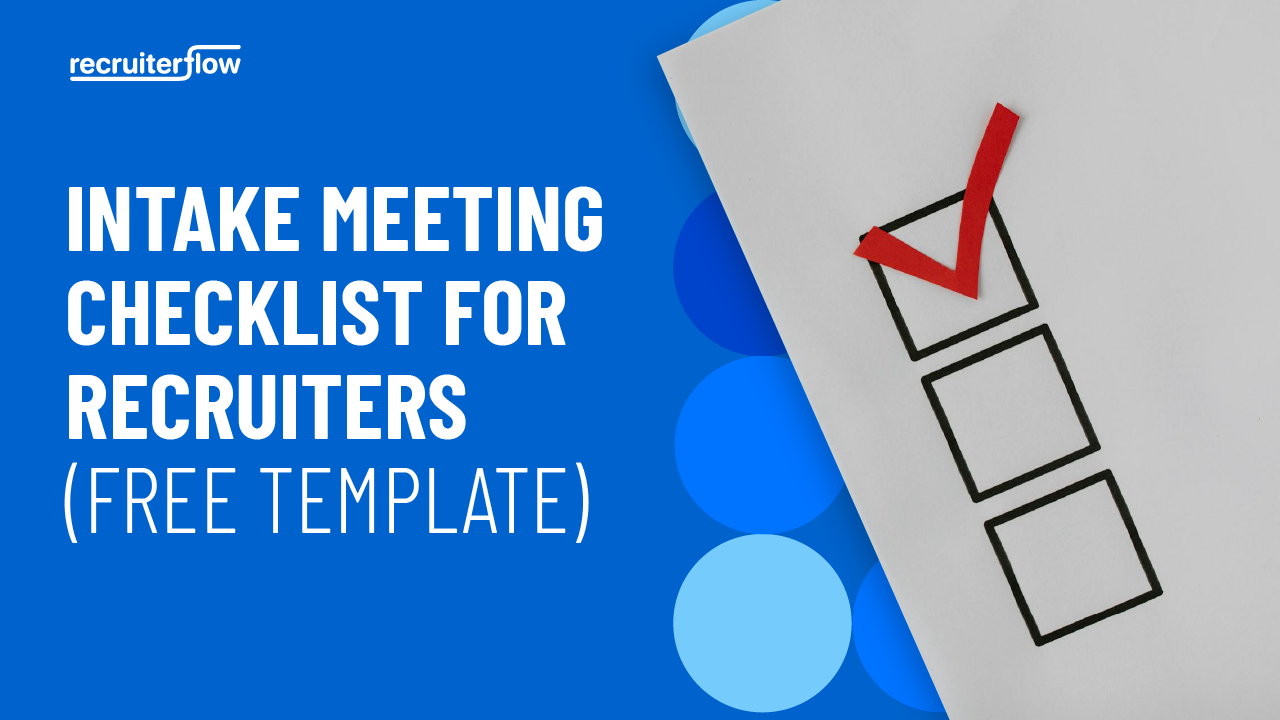
Sourcing vs Recruiting: What Are the Differences?
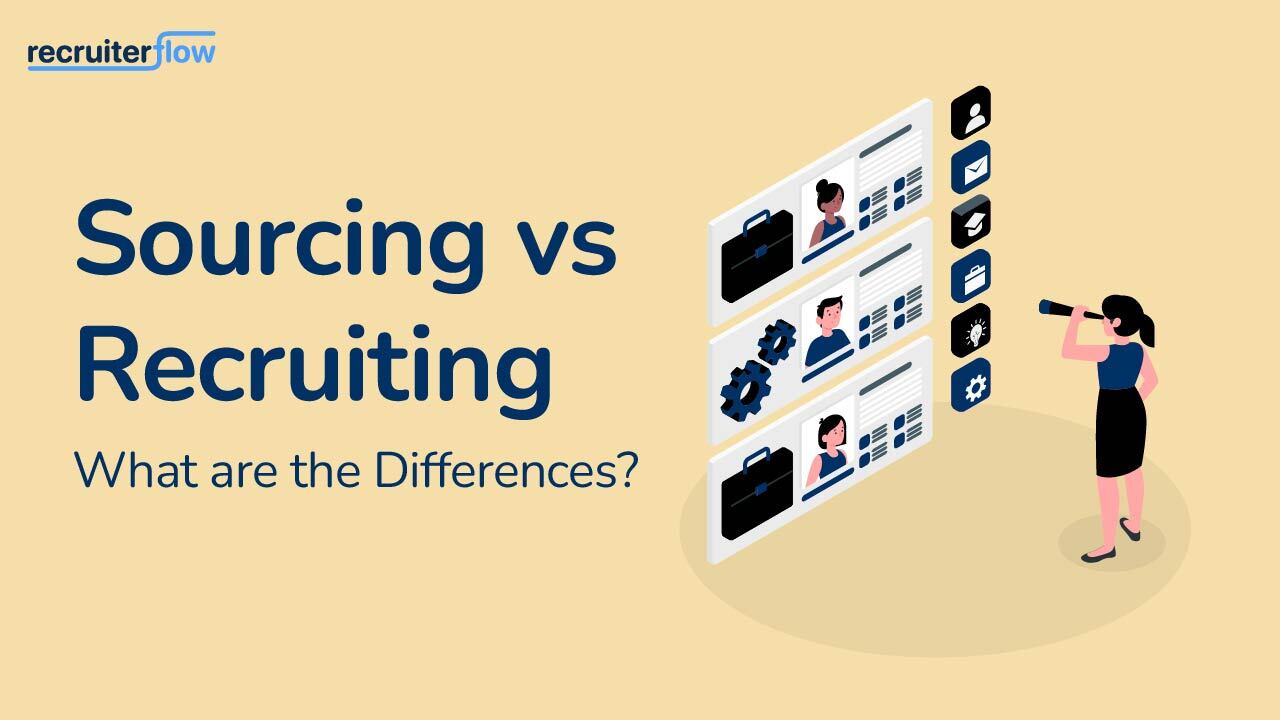
As a budding recruiting or staffing business, understanding the distinctions between sourcing vs recruiting can be overwhelming.
While they’re both closely related, they each play a unique role in helping you hire the perfect candidates for your clients. Think of it this way: they’re two different services staffing agencies across the globe usually offer. And, often two different people or teams handle each job, which depends on the workforce size.
Candidate sourcing is the first step of the recruiting process that focuses on finding candidates, while recruiting takes the process forward with screening and interviewing. This blog will explain the differences between talent sourcing and recruiting.
What is sourcing in recruiting?
Sourcing is identifying, locating, and engaging potential candidates interested in or suitable for open positions in your client’s organization.
Key responsibilities of a sourcer
1. Finding prospects
This involves searching for individuals with the necessary skills, experience, and qualifications for specific roles. You may need to scour multiple channels to search for candidates, such as:
- Online job boards
- Social media platforms
- Professional networks
- Recruiting databases
- Your website’s career page
Most sourcers use automation, AI in recruiting, and machine learning to match candidate profiles based on job descriptions within minutes. Some examples are:
- Recruiterflow’s Chrome Extension helps you import candidate profiles from LinkedIn to Recruiterflow in just one click! The profiles are well-organized in your dashboard and can be used to run drip campaigns to nurture candidates.
- AI-powered chatbots are often used on agency websites as pre-screening qualifiers that handle inquiries and assess candidate fit. While they’re not a replacement for sourcing, sourcers use them to acquire candidate profiles coming from inbound sources such as career pages, and social media platforms. Plus, chatbots are great at answering preliminary questions about the company, job roles, application processes, and work culture.
Not all of these candidates might actively be looking for a change. That’s because currently, about 70% of the world’s population are passive candidates. This means getting them into your recruitment funnel will require more effort than just reaching out.
Did you know?
You can directly pitch your star candidates to your dream clients ditching the traditional sales pitch. Recruiter’s ‘Pitch Candidates’ functionality allows you to share the candidate information through a link, which speeds up the hiring process and sets you apart!
Learn more about ‘Pitch Candidates’
2. Engaging with candidates
Winning over passive candidates takes time and patience compared to active candidates and that’s where engagement strategies come into play. Since they’re not actively looking for a job, there’s usually less competition for their attention.
The engagement process involves:
- Understanding their career aspirations
- Extending invites to your organization’s events and webinars to keep them in the loop
- Sending out company newsletter to inform about future openings
- Presenting opportunities that align with their goals
You can send automated email sequences to nurture these candidates and generate personalized emails using genAI. With Recruiterflow, you can integrate your email sequences with your ATS and CRM to automatically send emails based on triggers. Plus, you get detailed reports on your email performance with metrics such as deliverability, opens, responses, and bounce rates.
| Bonus: Here’s a great candidate outreach email template for you to get the conversation started: Hi <first-name>, I came across your LinkedIn post where you shared the landing page you designed for {company}. I must say I’m very impressed with your out-of-the-box thought process in the design and would like to talk about a potential opportunity. I’m the founder of {agency name} and we’re looking for someone to lead the design efforts for one of our clients based in NewYork. This is a leadership position where you’ll get to define their design roadmap for many years to come. Would you be interested in having a brief chat about the role sometime this week? <Signature> |
3. Building a candidate pipeline
Building a candidate pipeline involves creating and managing talent pools a.k.a recruitment database. It organizes and updates candidate information tracks engagement, and maintains contact history, which comes in handy for future requirements.
Building a candidate pipeline involves creating and managing talent pools a.k.a recruitment database. It organizes and updates candidate information, tracks engagement and maintains contact history, which comes in handy for future requirements.
Here’s what a candidate pipeline looks like:
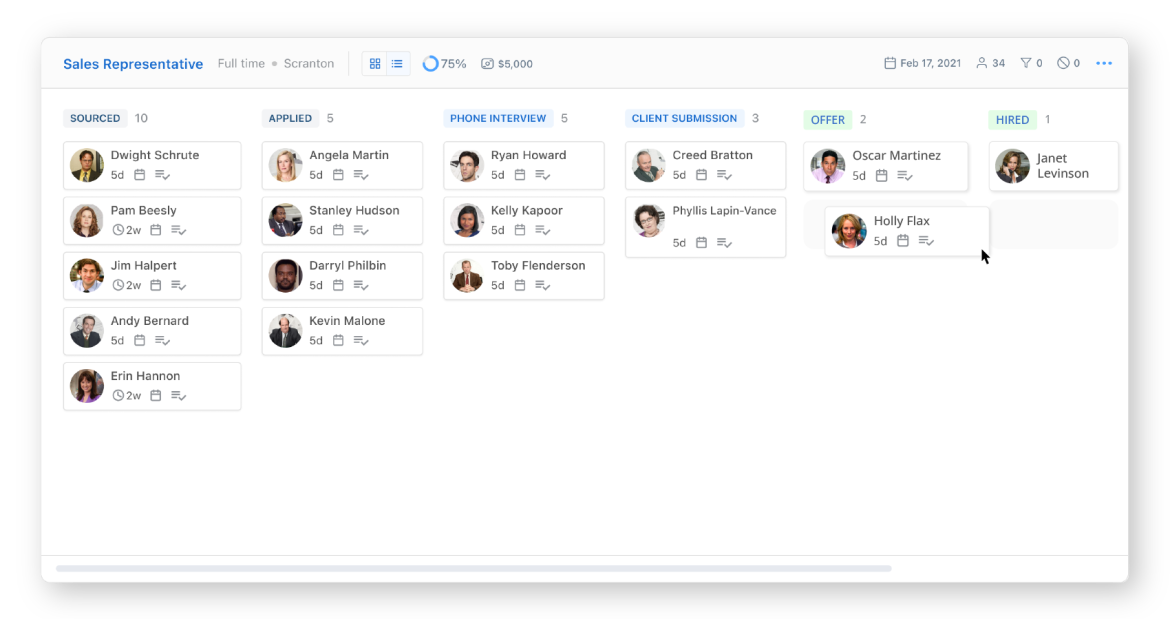
Here, you can see where your candidate fits into the hiring lifecycle and move them onto the next stage using simple drag-and-drop.
Now, the sourcer’s job is to keep this talent pool engaged by sending in nurture sequences around updates from your organization or new opportunities.
Should you direct all your sourcing efforts toward passive candidates?
It’s a common misconception that passive candidates are more worth investing your sourcing efforts into. While there’s more competition for sourcing active candidates, there are a couple of downsides if you only focus on passive candidates.

As Farhan’s LinkedIn post explains, with passive candidates, you’re more at risk with issues like drop-offs, ghosting, and exceeding hiring budgets! That’s because they’re less aligned and invested in the recruitment process than active candidates!
Of course, sourcing passive candidates unlocks a whole new talent pool, which your competition might overlook. And, it’s an effective approach to building a solid candidate pipeline to avoid searching from scratch every time a new requirement comes up.
However, should you be overlooking and underestimating active candidates? The answer is a big NO!
Also, read our blog on AI Sourcing to enhance your candidate search.
Direct sourcing: Is it a threat for staffing agencies?
Direct sourcing is when clients resort to leveraging their own pool of candidates—such as former employees, retirees, and previously considered applicants—to fill up positions within their organization.
As compared to the regular sourcing process, your clients take charge of the direct sourcing process using their brand image and internal talent pools.
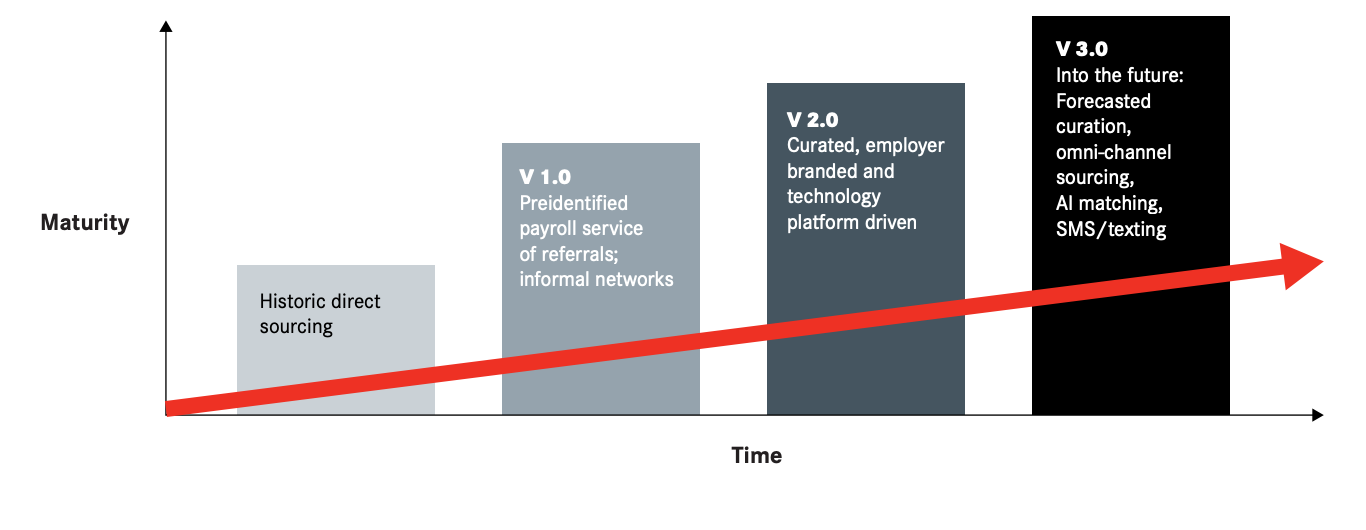
Does that mean, they no longer require staffing agencies for sourcing candidates?
Not quite. You see, direct sourcing has evolved with the times!
Today, organizations are coming up with direct sourcing programs by either hiring a dedicated team or outsourcing recruitment to a specialized service provider. As a matter of fact, 58% of organizations rely on staffing suppliers as “curation partners” for their direct sourcing needs.
As curation partners, you can gain access to a larger number of job openings within the enterprise. This increased volume allows them to operate at a greater scale, which can lead to higher revenue and profitability.
Also, you can build deeper, more strategic relationships with enterprise customers. This positions you well for cross-sell opportunities and strengthens your overall business relationship.
Remember, direct sourcing doesn’t replace traditional sourcing services—it complements them! You can continue to provide your core services while also offering direct sourcing as an additional solution.
Also read: Difference between Recruitment and Talent Acquisition
What is recruiting?
Recruiting is the process of screening, interviewing, and hiring candidates for a job. Once you’re done sourcing candidates for a role and have a solid pipeline of candidates, recruiting comes into action.
Key responsibilities of a recruiter
1. Application review and interviewing
This is perhaps the most tiresome job in recruiting, which gets worse as the number of applications goes high. It involves screening, shortlisting, interviewing, and a lot of decision-making.
The screening time is usually cut short if you have a list of pre-vetted candidates ready with you from your sourcer. But, if you don’t have that privilege, you’ll have to resort to your manual screening process or take the help of a resume screening tool.
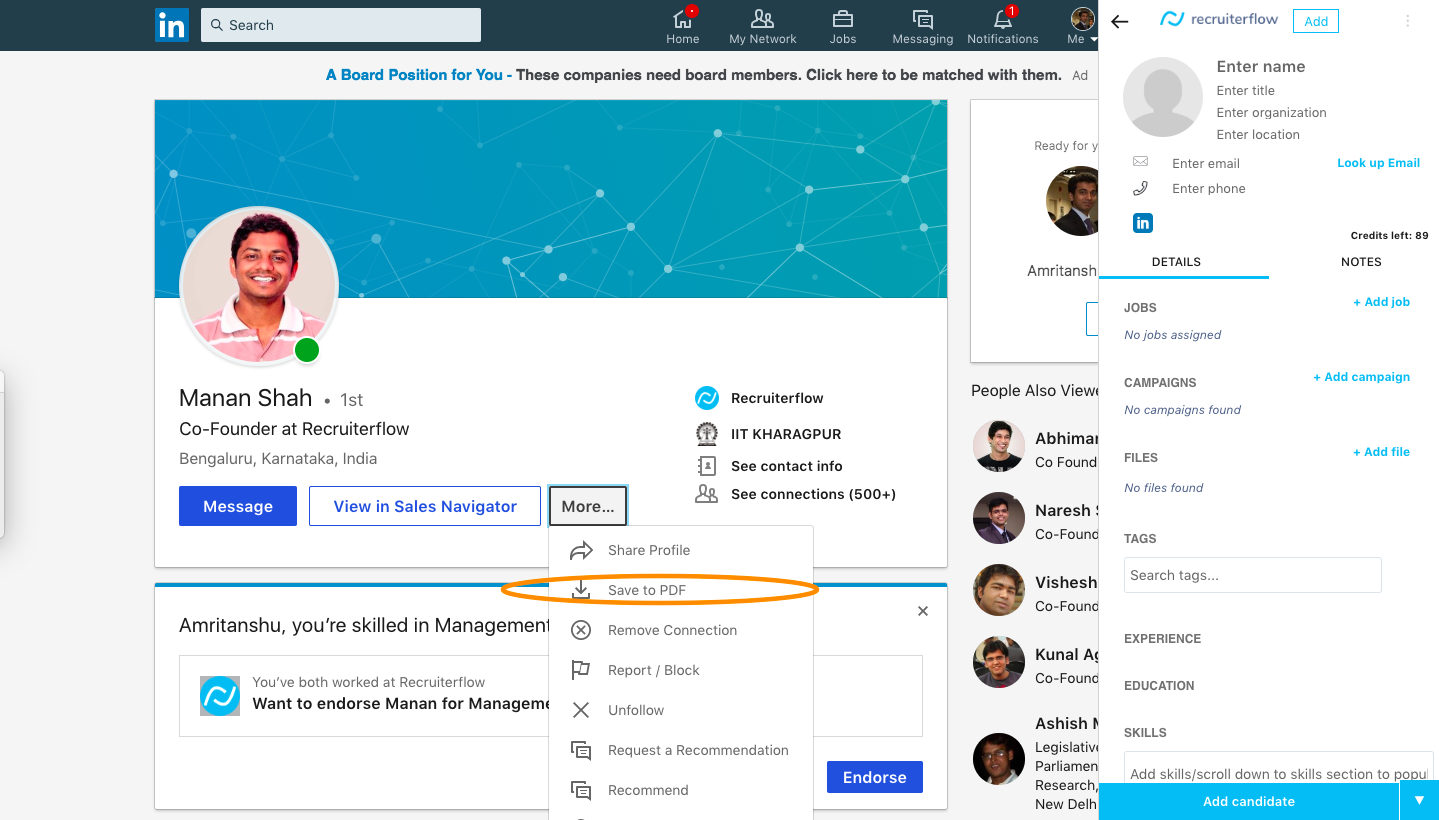
Alternatively, you have Recruiterflow’s Chrome extension extract information from candidate resumes and add them to your Recruiterflow account. This allows you to access candidate information in a much organized manner, which makes it easier to screen and shortlist them.
2. Submitting candidates to clients
Since you’re running a recruiting business, it’s important to refrain from disclosing every candidate’s information while submitting resumes to your clients. This eliminates the risk of clients bypassing your agency and directly contacting candidates for future job opportunities.
For instance, Recruiterflow makes it a breeze to submit multiple candidates to clients, allowing you to select the aspects you want to show them. You can:
- Create a formatted resume with your agency branding
- Redact the information you want to hide from your clients
- Arrange information the way you want
3. Leveraging recruitment automation
A recruitment automation stack ideally consists of tools such as:
- Applicant tracking software
- Recruitment CRM Software
- Automated assessment platforms
- Interview scheduling software
- Video interviewing software
and more!
Most of these recruitment tools focus on streamlining your workflows and centralizing your recruitment data, so you don’t have to spend hours spotting a piece of information.
For example, Recruiterflow creates a visual recruitment pipeline that offers unparalleled visibility into your hiring process. As for each candidate, you can create scorecards and tag them in the notes to keep every team member informed.
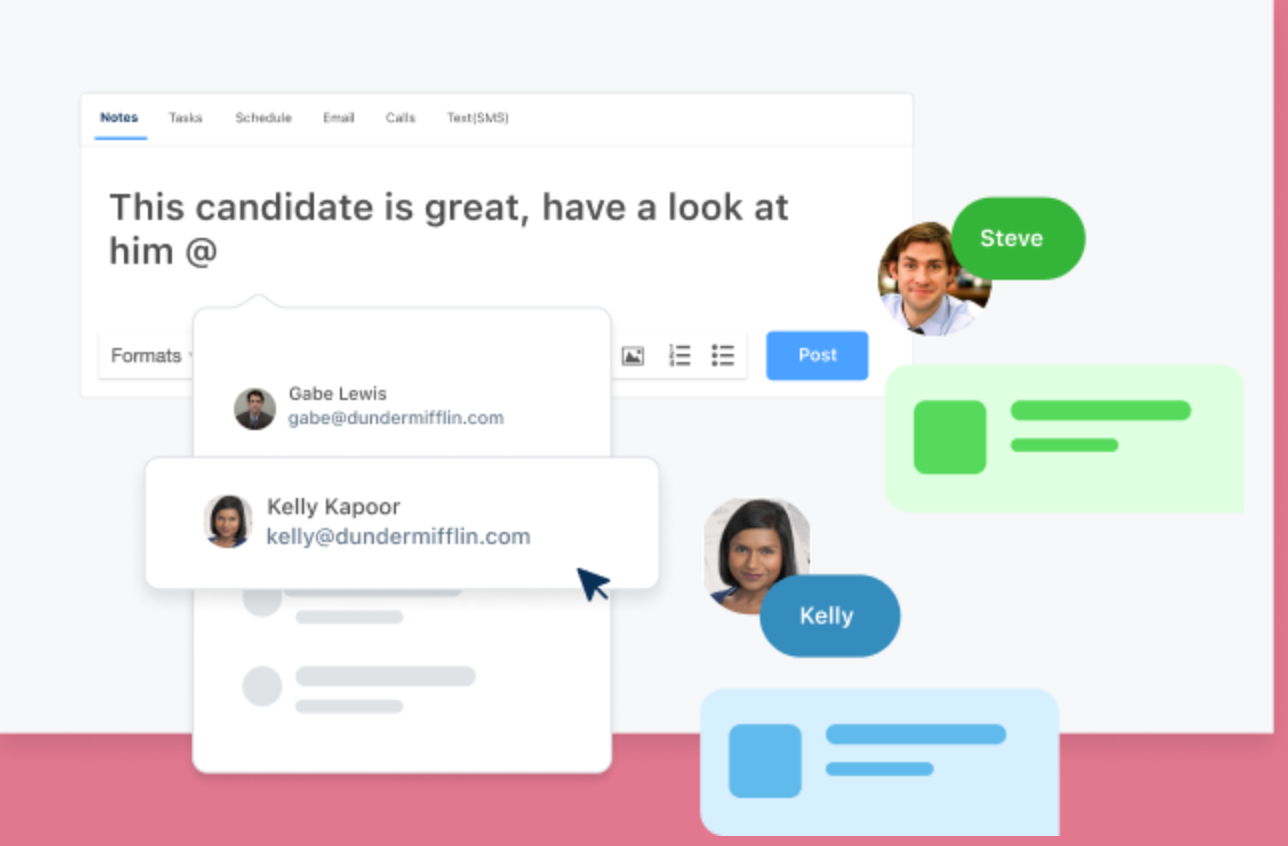
4. Communicating with candidates and clients
Communication and following up can become hectic if you don’t have a process to manage it. Thankfully, many good recruitment tools come with automated emails and communication features that allow you to keep your candidates and clients informed and enhance their experience.
You can create recipes in Recruiterflow to automate administrative tasks and emails to save hours of your time. So, you can set up automation based on certain actions—for example, sending a rejection email to candidates disqualifying the interview round.
How sourcing and recruiting go hand in hand
While recruiting encompasses the entire hiring process (including sourcing), they aren’t necessarily led by the same teams. However, they complement each other in the recruitment process.
- Sourcers and recruiters could together develop a cohesive recruitment strategy that aligns with the organization’s goals.
- Once sourcers have identified and engaged potential candidates, they hand over these candidates to recruiters. This handoff includes detailed information about the candidates’ skills, interests, and initial screening results to ensure recruiters are well-prepared for interviews.
- Recruiters give feedback to sourcers on the quality and fit of the candidates they find. This feedback, combined with insights from customer feedback tools, helps sourcers fine-tune their search criteria and improve their sourcing strategies.
- Both recruiters and sourcers often use the same tools and systems, like Applicant Tracking Systems (ATS) and Candidate Relationship Management (CRM) platforms, to track candidates and manage the hiring process effectively.
Sourcing vs Recruiting: What’s the difference?
When comparing sourcing vs recruiting, here are some things to keep in mind:
| Sourcing | Recruiting |
| A sourcer identifies and attracts potential candidates. | A recruiter manages the entire recruiting process—it may or may not include sourcing. |
| Sourcing involves the initial contact with the potential candidates. | It activates after the sourcer is done with their done. |
| Sourcing is done irrespective of whether there’s a job requirement or not! | Recruiting begins only when there’s a requirement to fill a position. |
| Sourcers mainly use tools like LinkedIn Recruiter, specialized job boards, and candidate relationship management (CRM) systems to identify and engage potential candidates. | Recruiters mainly use ATS, interview scheduling software, and assessment tools to manage the hiring |
Sourcer vs recruiter: Which one are you?
Understanding the differences between sourcing and recruiting is key to building strong teams and staying competitive in today’s market. It helps you fine-tune your hiring strategy and allocate the right resources at each step of the process.
Remember, sourcing and recruiting go hand in hand to make your hiring efforts successful. With the right tools, you can attract, engage, and retain top talent for your clients.
Let Recruiterflow be that complete recruiting suite to guide and transform your processes.
Recruitment




